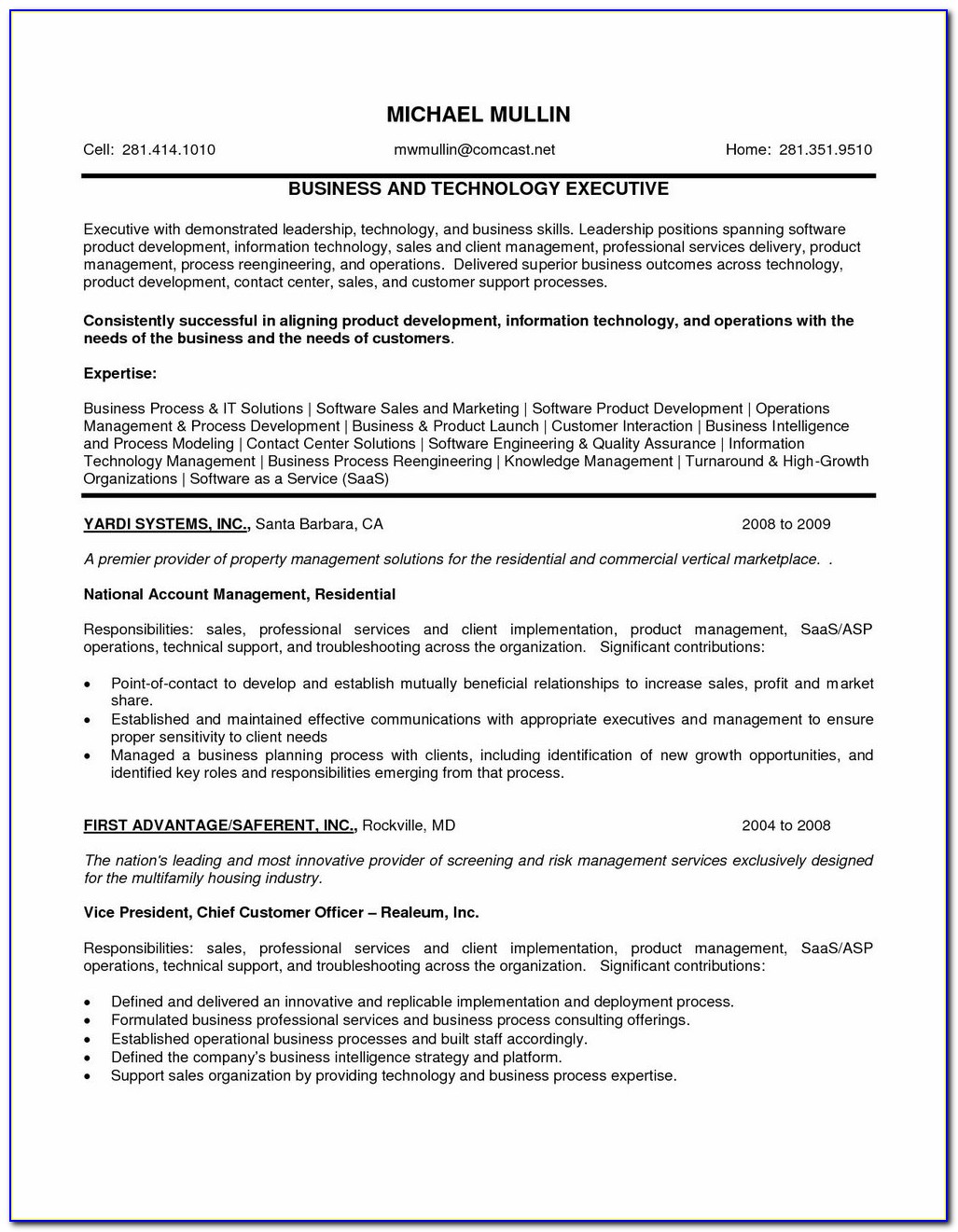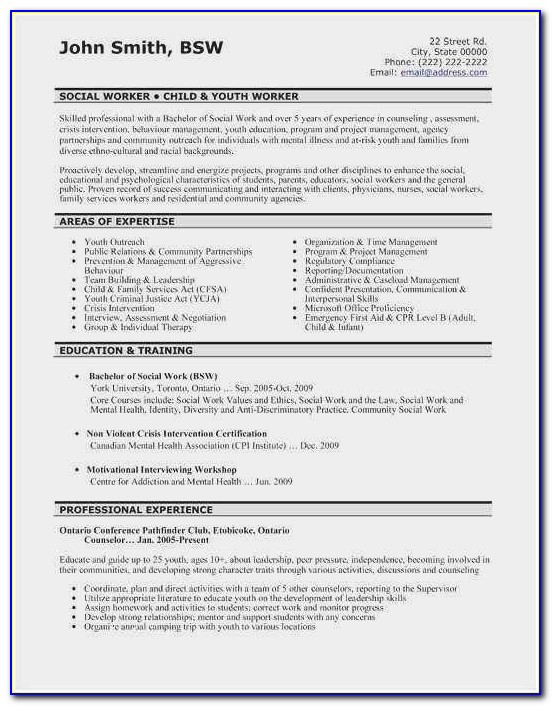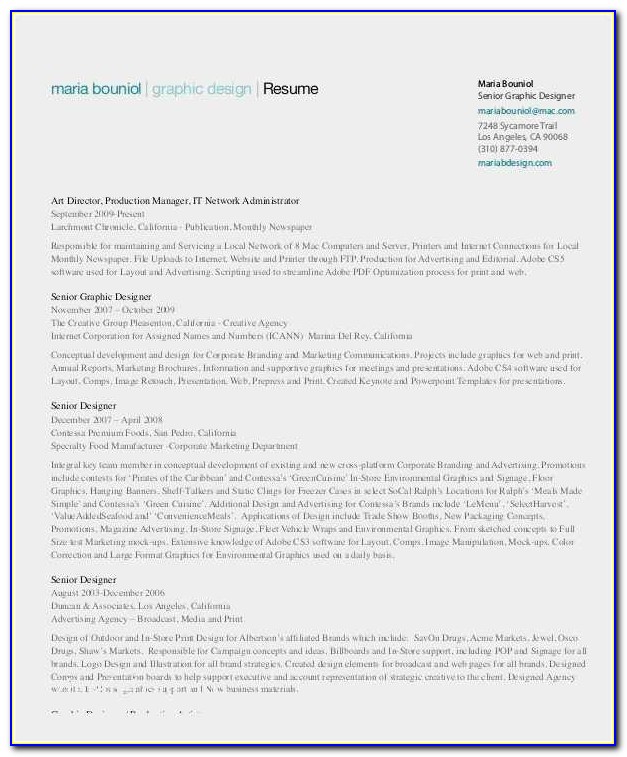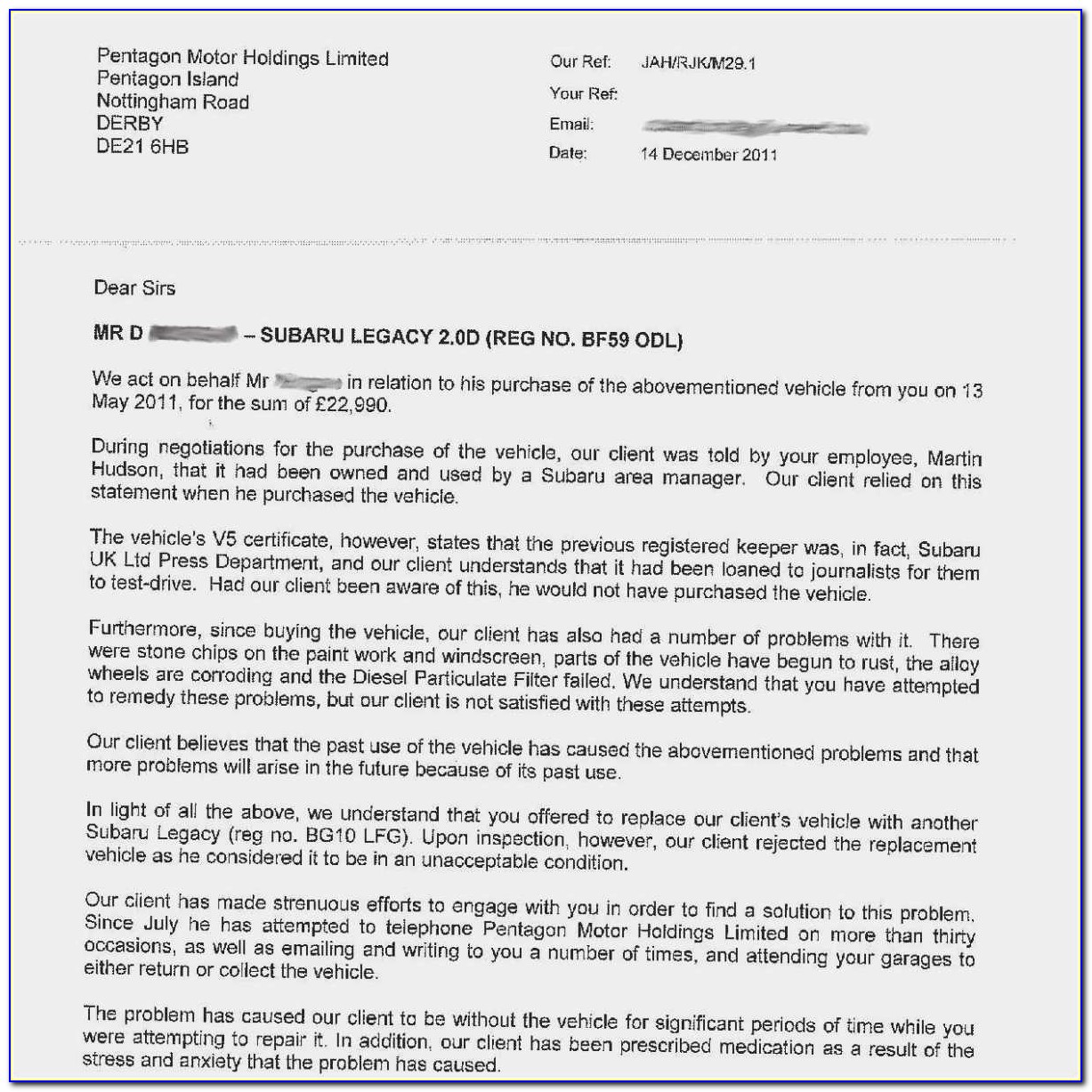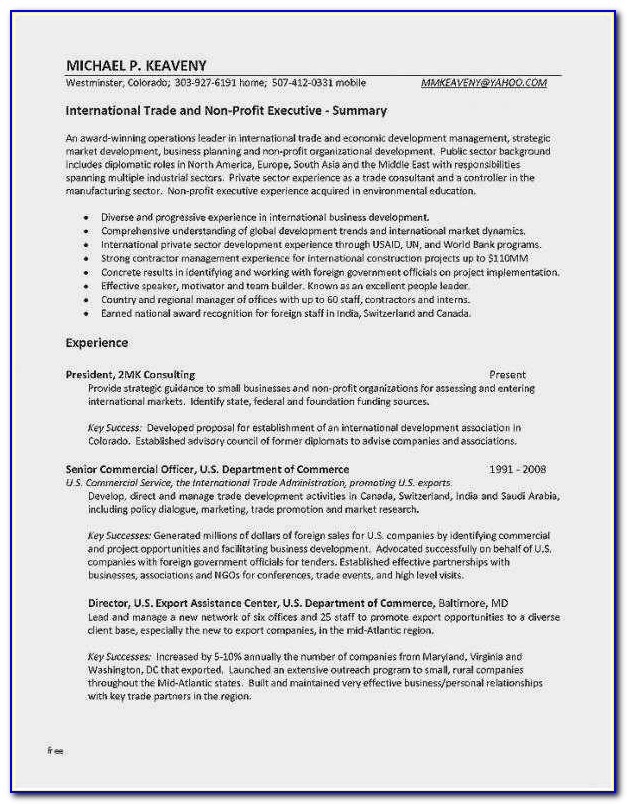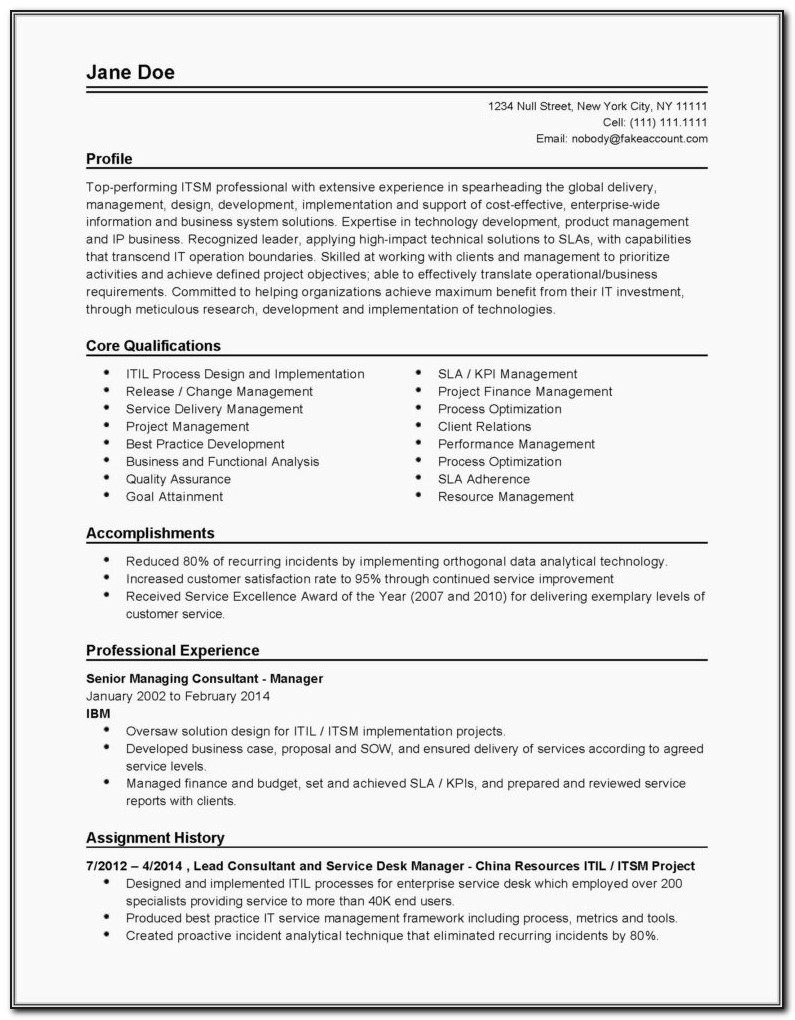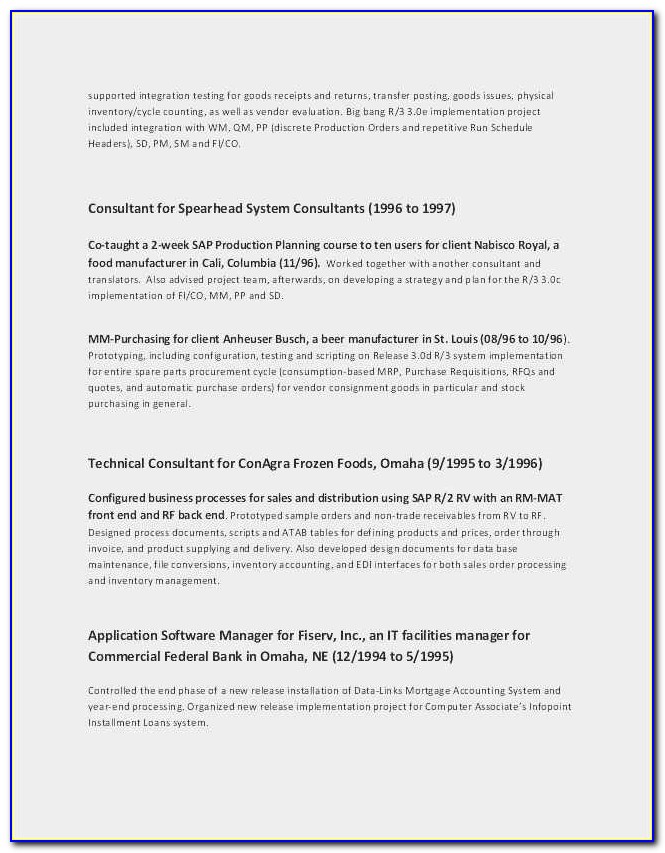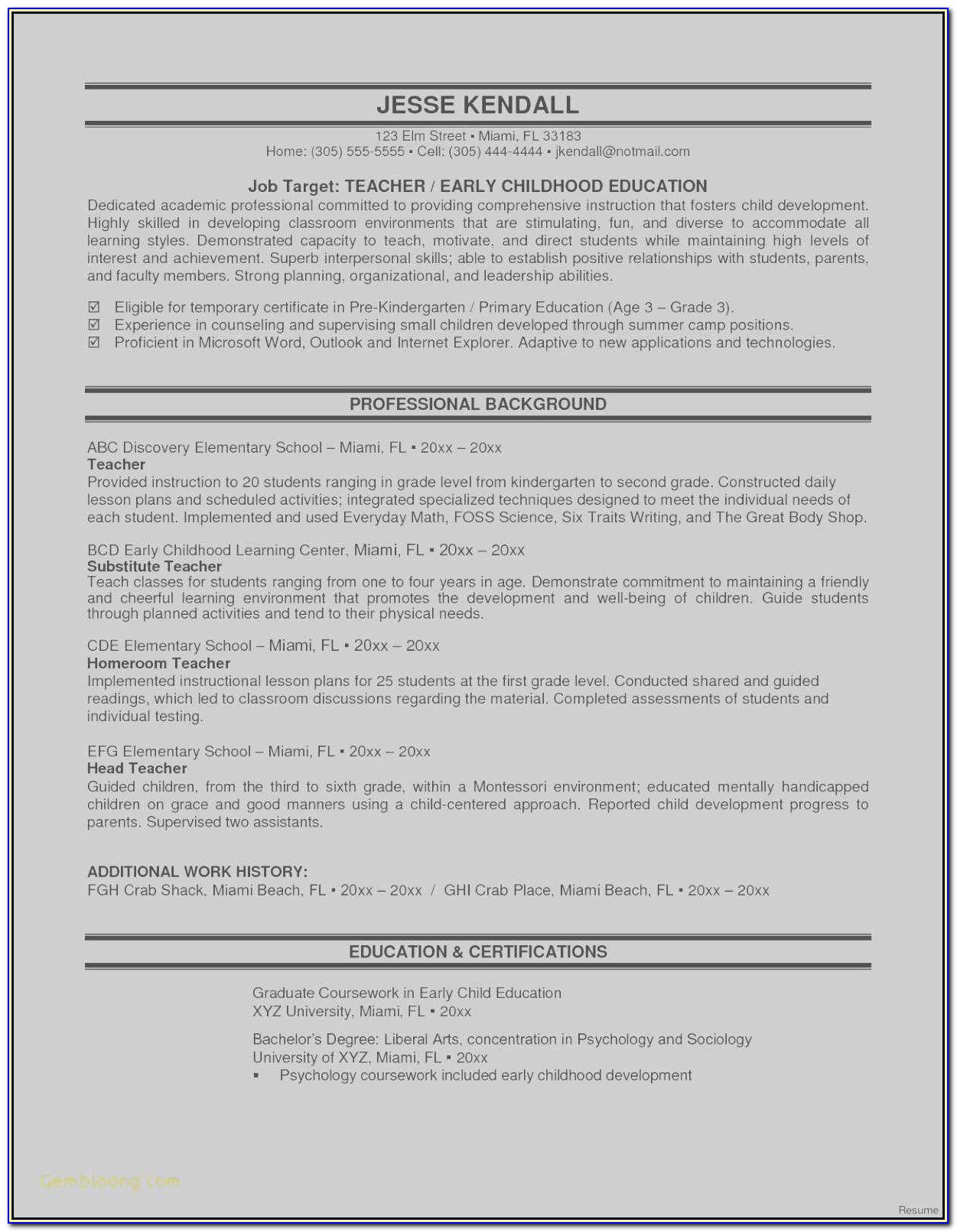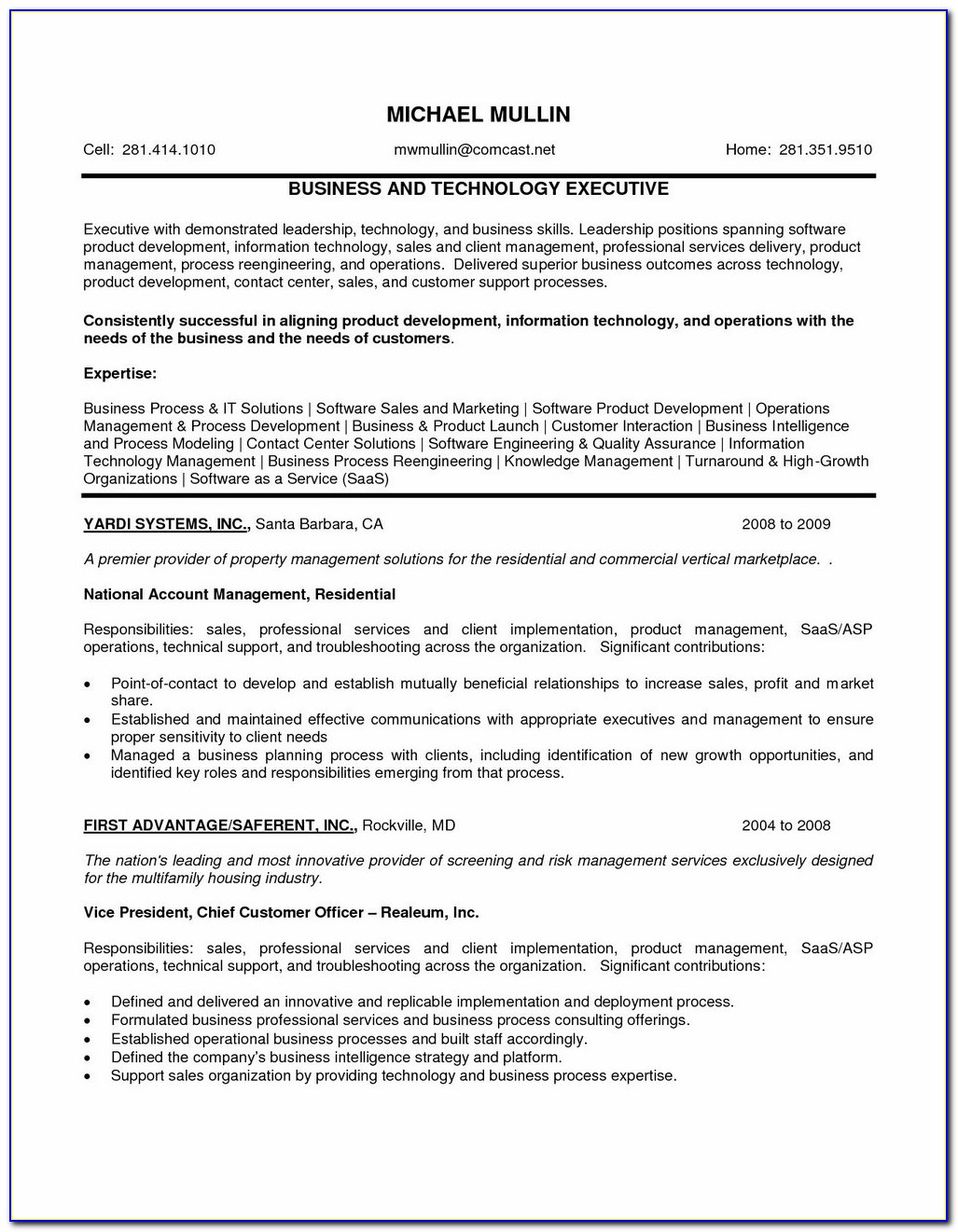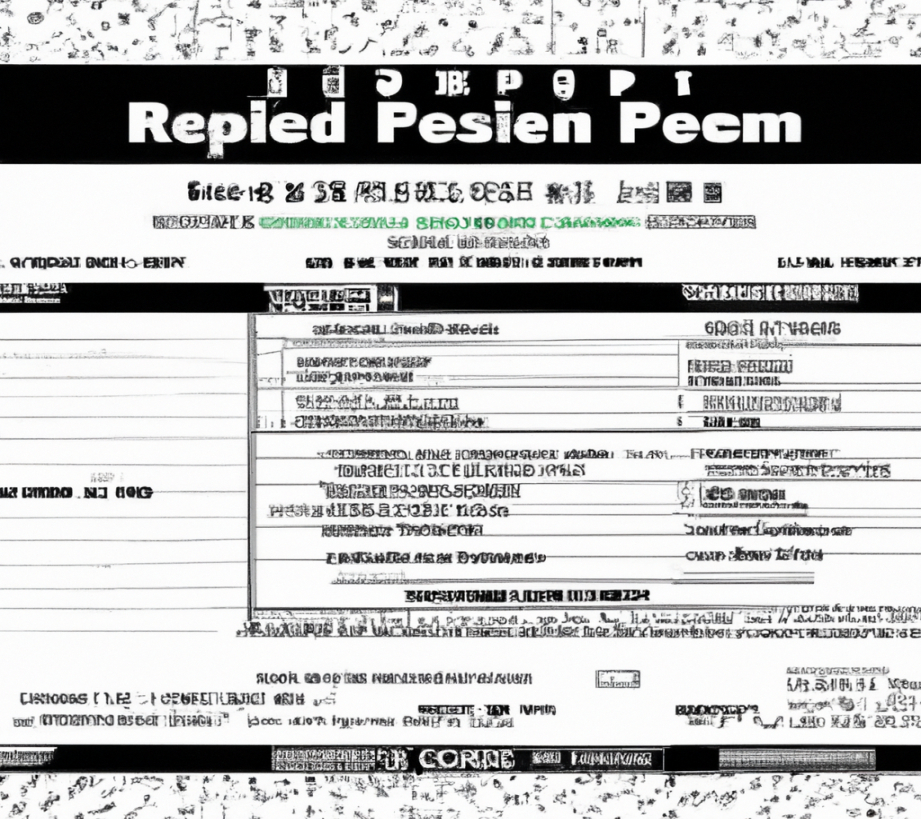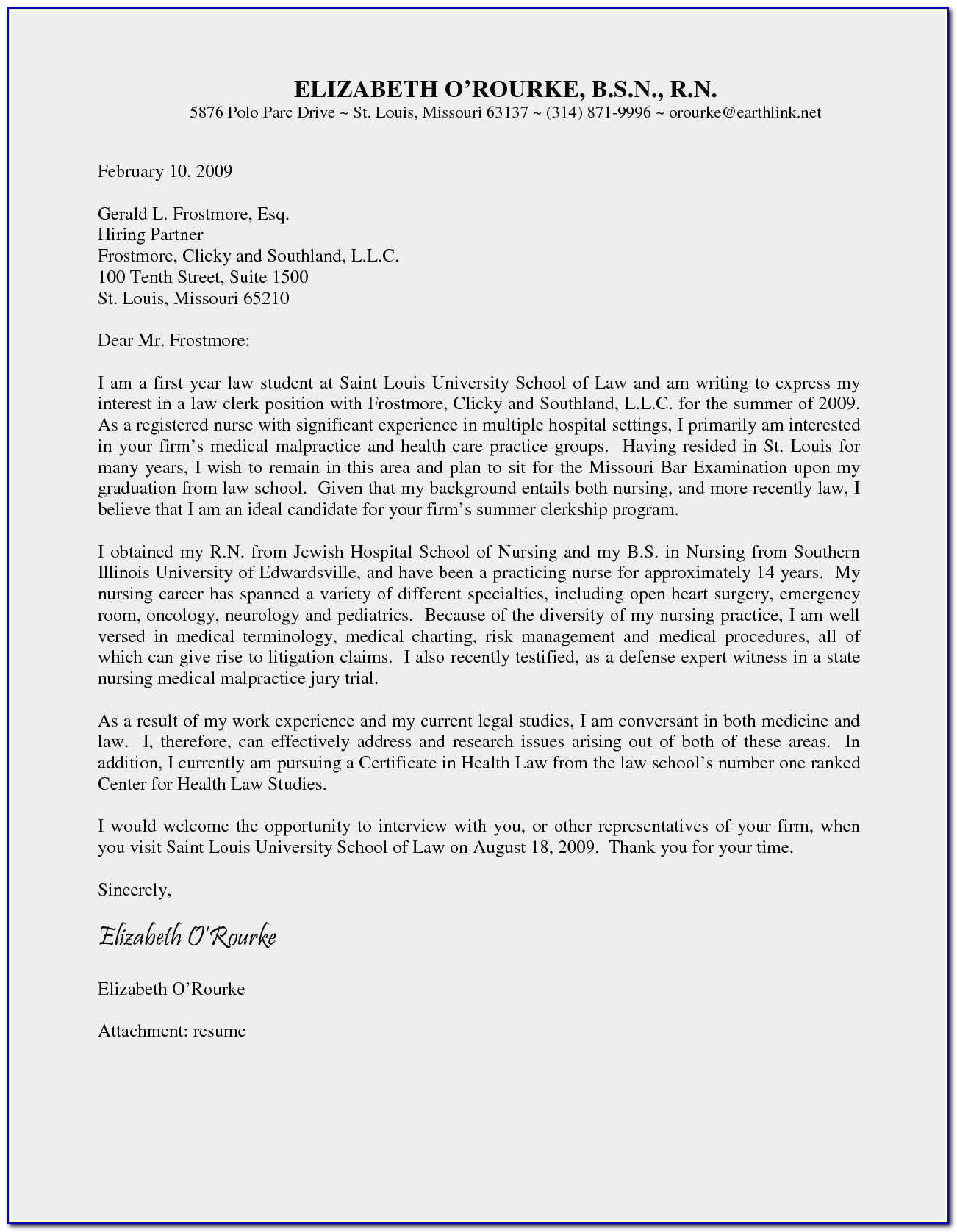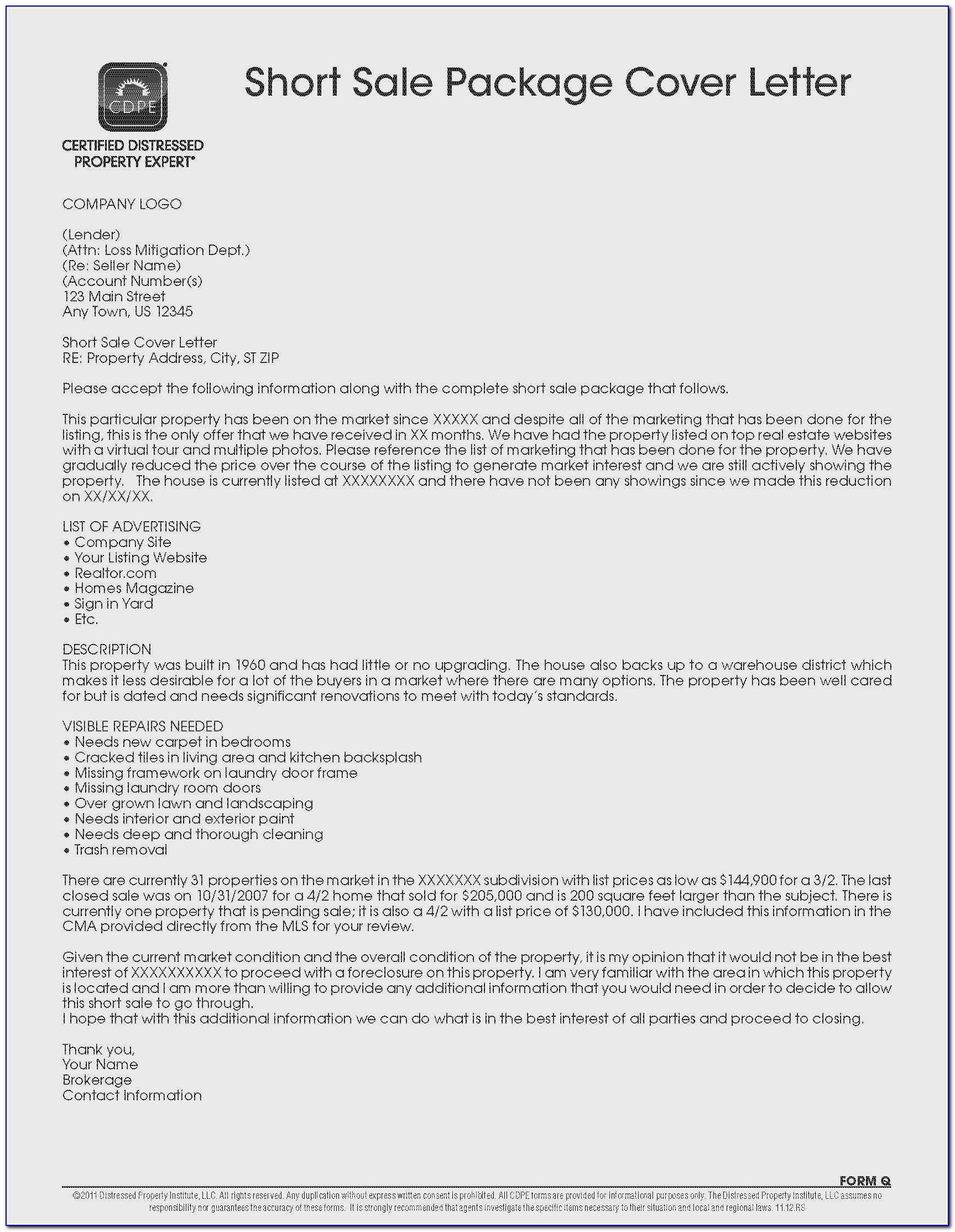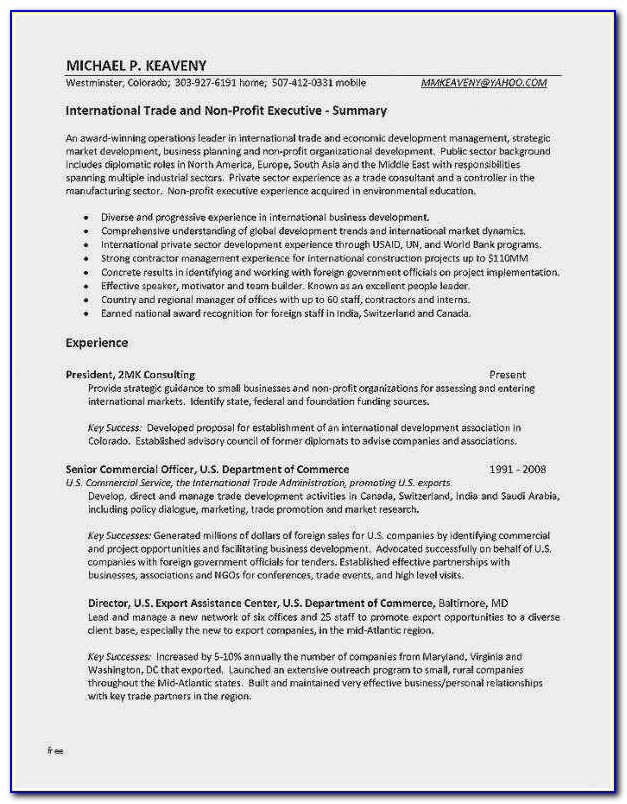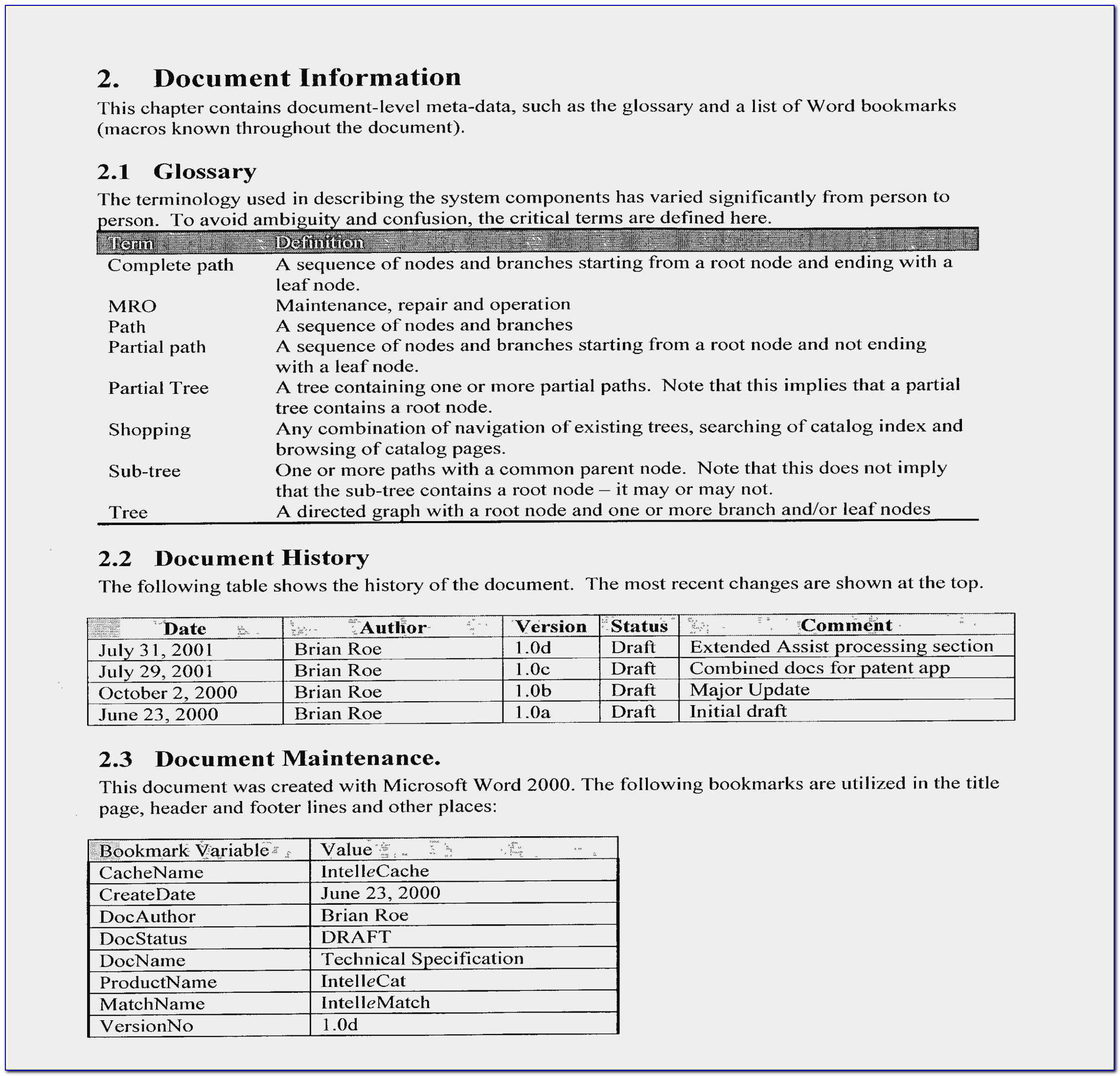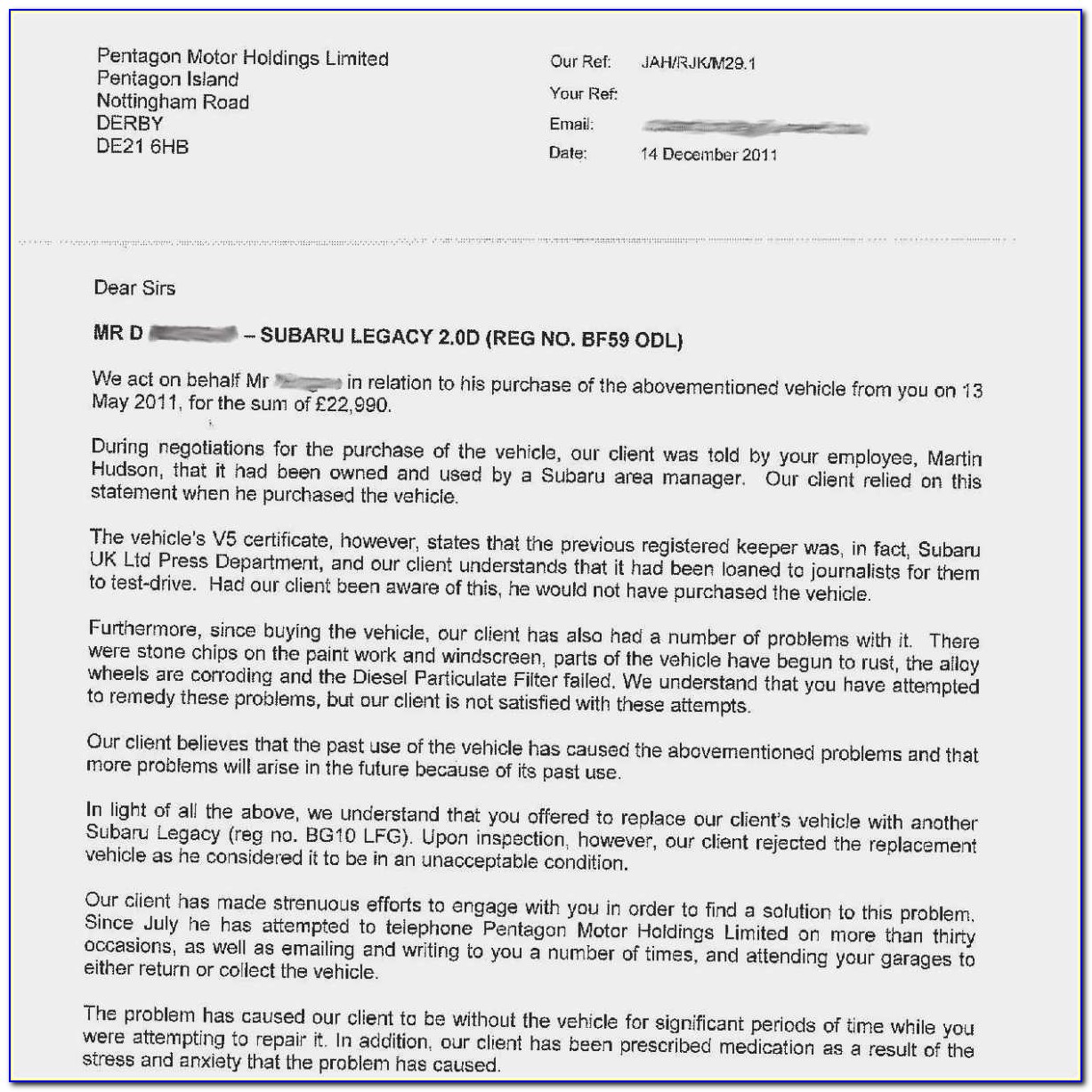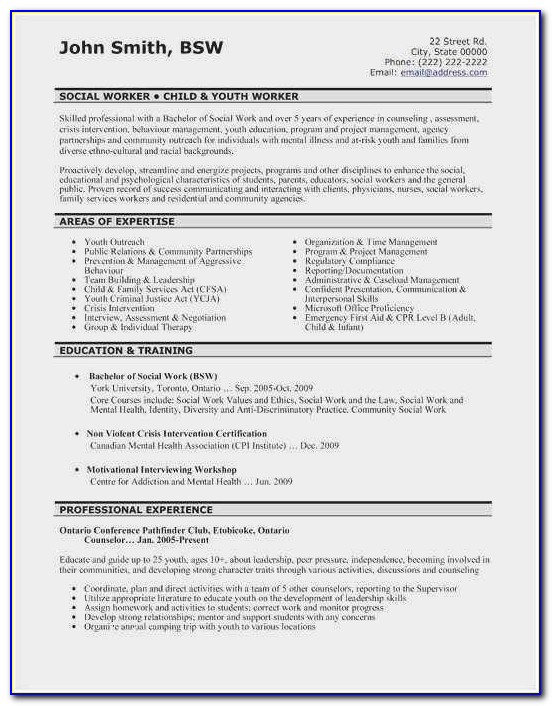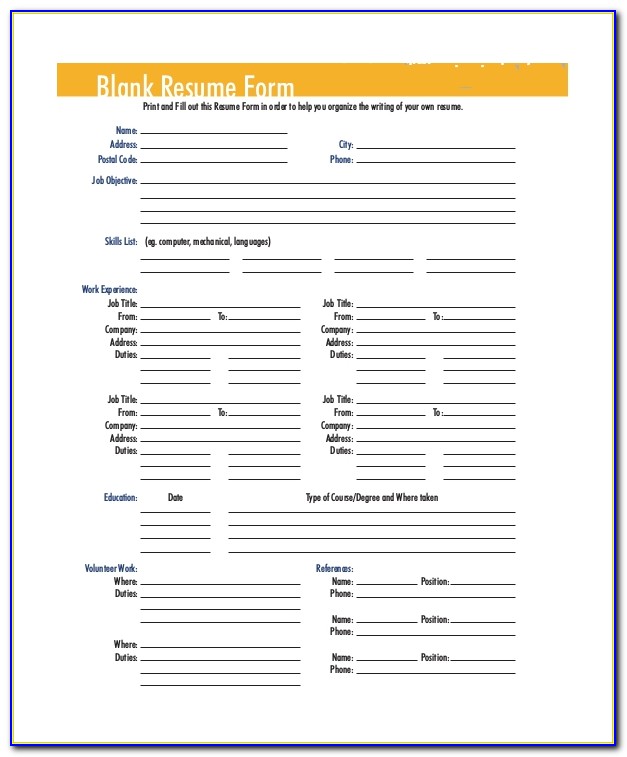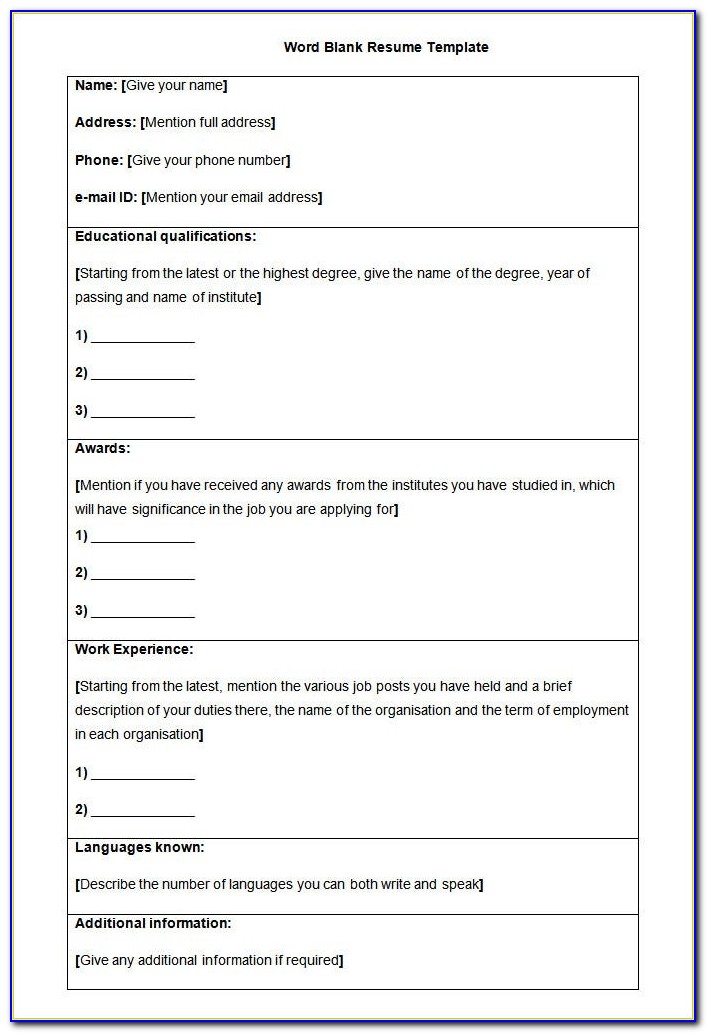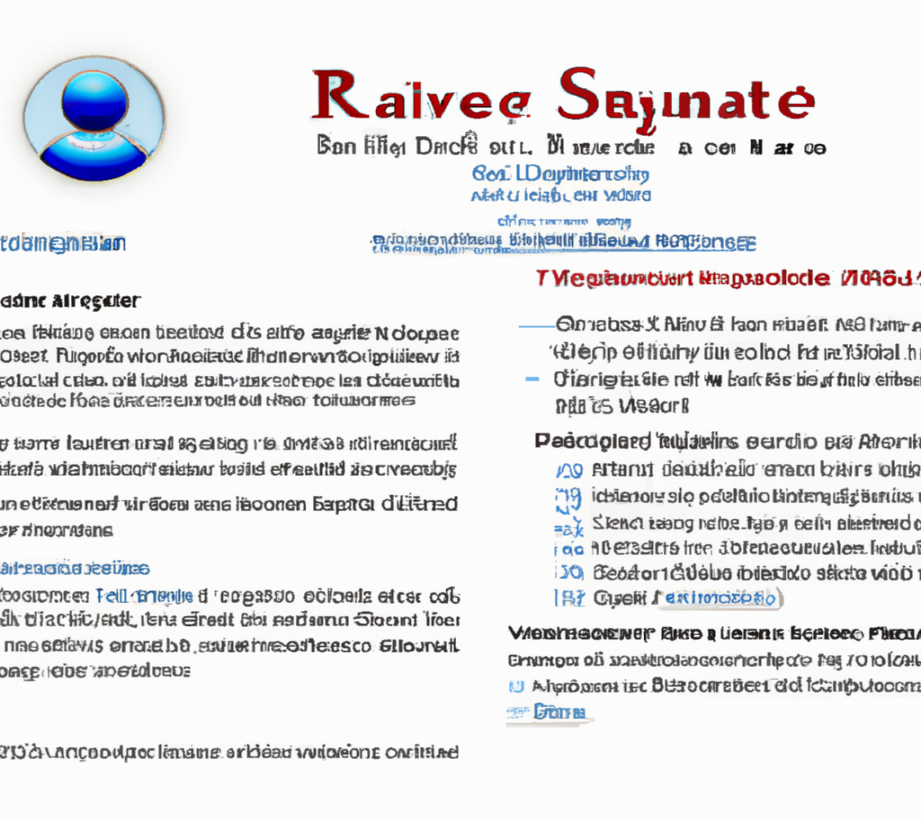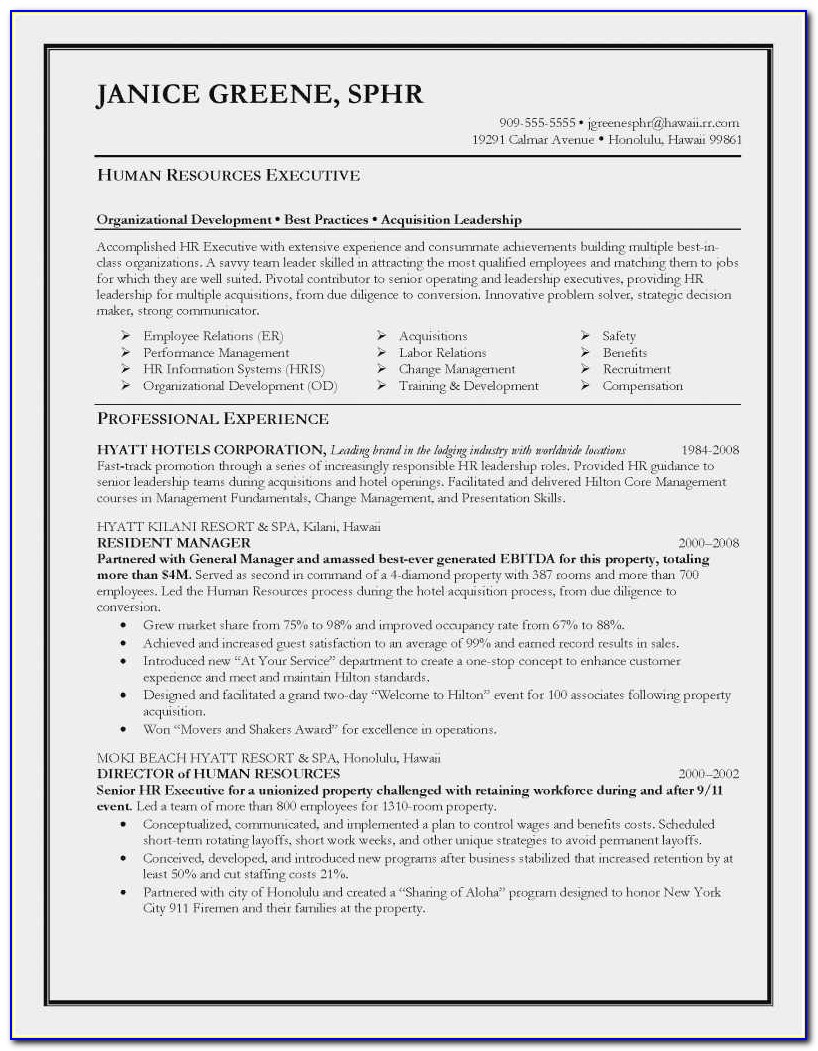Resumes For Dummies: A Comprehensive Guide To Crafting The Perfect Resume
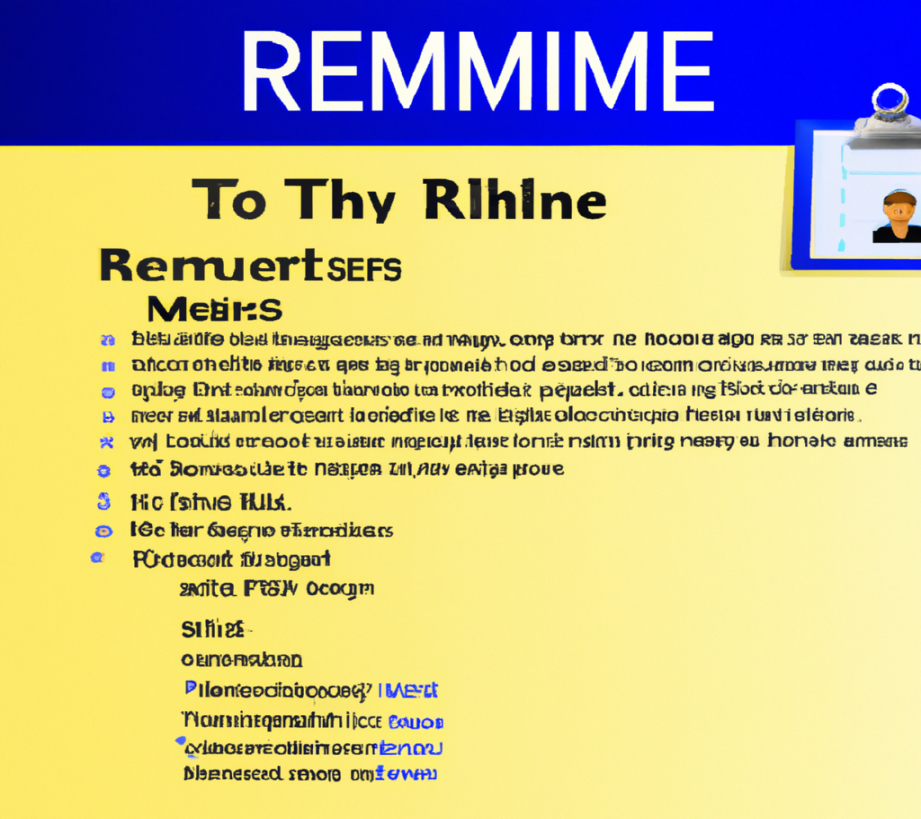
Image Source: windows.net
Table 1 – Outline of the Article:
I. Introduction
II. What is a resume?
III. Why are resumes important?
IV. Tips for creating a resume
A. Tailor your resume to the job
B. Use keywords
C. Keep it concise
D. Use bullet points
E. Include quantifiable achievements
F. Use a professional font
G. Proofread and edit
V. Different types of resumes
A. Chronological
B. Functional
C. Combination
VI. Common mistakes to avoid
A. Spelling and grammar errors
B. Including irrelevant information
C. Using an unprofessional email address
D. Using a generic objective statement
VII. Conclusion
VIII. FAQs
Table 2 – The Article:
# resumes for dummies: A Guide to Creating an Effective Resume
If you’re new to the job market or haven’t updated your resume in a while, the process can be overwhelming. But fear not, creating a great resume is easier than you think. In this guide, we’ll cover everything you need to know to create an effective resume that will help you stand out from the competition.
## What is a resume?
A resume is a written document that outlines your education, work experience, skills, and achievements. It is typically used as a marketing tool to showcase your qualifications to potential employers.
## Why are resumes important?
Resumes are important because they are often the first impression a potential employer will have of you. A well-crafted resume can demonstrate your qualifications and make you stand out from other candidates. Additionally, many companies use applicant tracking systems (ATS) to screen resumes, so it’s important to optimize your resume for keywords that match the job description.
## Tips for creating a resume
Here are some tips to help you create an effective resume:
### Tailor your resume to the job
One size does not fit all when it comes to resumes. Take the time to customize your resume to the specific job you’re applying for. Highlight the skills and experiences that are most relevant to the position.
### Use keywords
Many companies use ATS to screen resumes for specific keywords. Make sure your resume includes relevant keywords that match the job description.
### Keep it concise
Your resume should be no longer than two pages. Use bullet points to break up large blocks of text and make it easier to read.
### Include quantifiable achievements
Use numbers to quantify your accomplishments. For example, Increased sales by 20% in Q1 is more impactful than Increased sales.
### Use a professional font
Stick to a professional font like Times New Roman or Arial. Avoid using fancy or decorative fonts that can be difficult to read.
### Proofread and edit
Your resume should be error-free. Carefully proofread it for spelling and grammar errors. It’s also a good idea to have someone else review your resume to catch any mistakes you might have missed.
## Different types of resumes
There are three main types of resumes: chronological, functional, and combination.
### Chronological
A chronological resume lists your work experience in reverse chronological order, starting with your most recent job. This format is best if you have a consistent work history.
### Functional
A functional resume focuses on your skills and achievements, rather than your work history. This format is best if you have gaps in your employment history, are changing careers, or have a lot of relevant skills but limited work experience.
### Combination
A combination resume combines elements of both a chronological and functional resume. It lists your work experience in reverse chronological order, but also highlights your skills and achievements.
## Common mistakes to avoid
Here are some common mistakes to avoid when creating a resume:
### Spelling and grammar errors
Spelling and grammar errors can make you look unprofessional. Make sure to proofread your resume carefully.
### Including irrelevant information
Your resume should only include information that is relevant to the job you’re applying for. Leave out any unrelated experiences or skills.
### Using an unprofessional email address
Your email address should be professional. Avoid using silly or inappropriate email addresses.
### Using a generic objective statement
Avoid using a generic objective statement like To obtain a challenging position in a dynamic organization. Instead, use a summary statement that highlights your skills and experience.
## Conclusion
Creating an effective resume doesn’t have to be difficult. By following these tips, you can create a resume that showcases your qualifications and helps you stand out from the competition.
## FAQs
1. How long should my resume be?
Your resume should be no longer than two pages.
2. Should I include a photo on my resume?
No, it’s not necessary to include a photo on your resume.
3. Can I use a template to create my resume?
Yes, there are many templates available online that can help you create a professional-looking resume.
4. Should I include my GPA on my resume?
Only include your GPA if it is 3.0 or higher.
5. Do I need to include references on my resume?
No, it’s not necessary to include references on your resume.
Tags :
